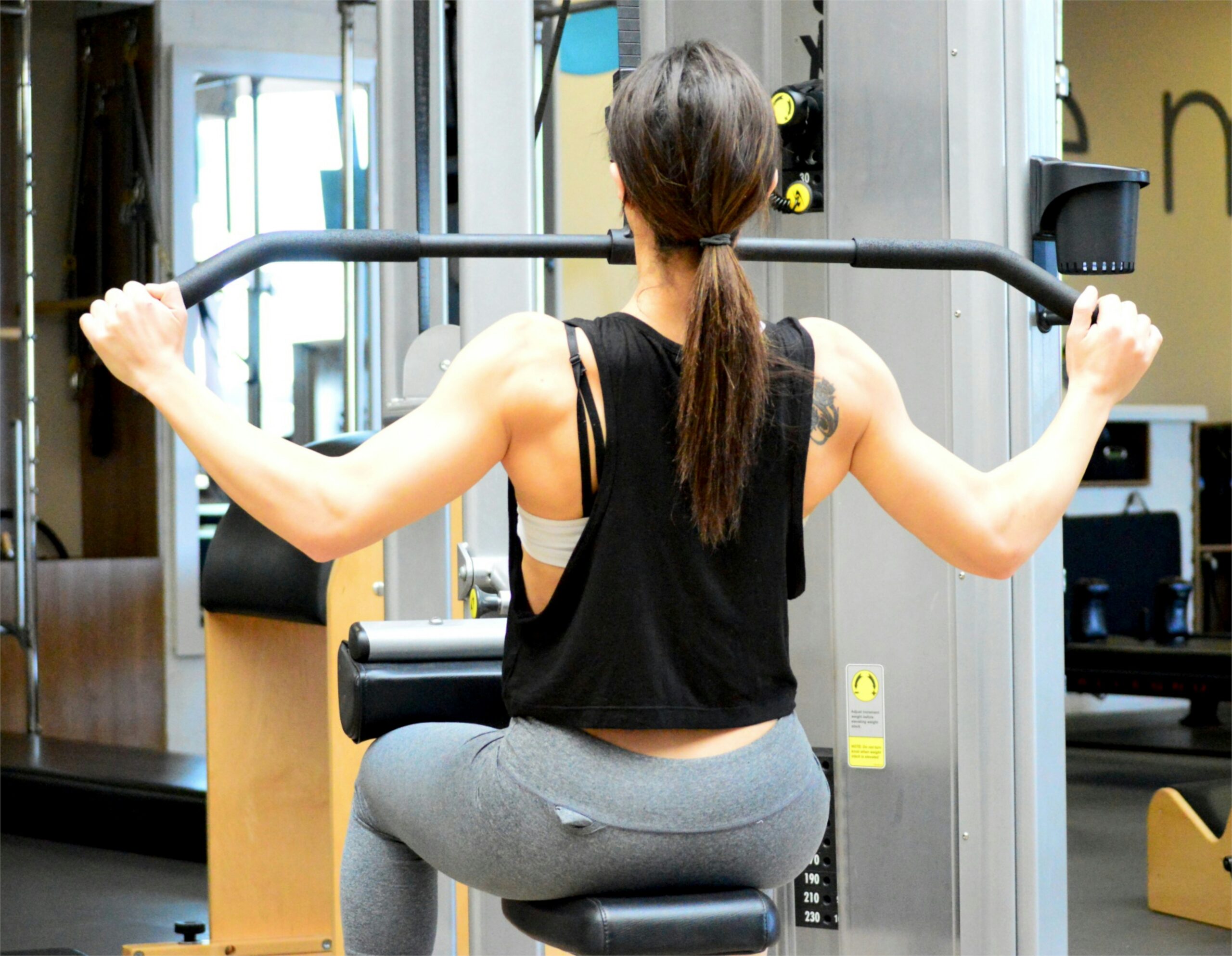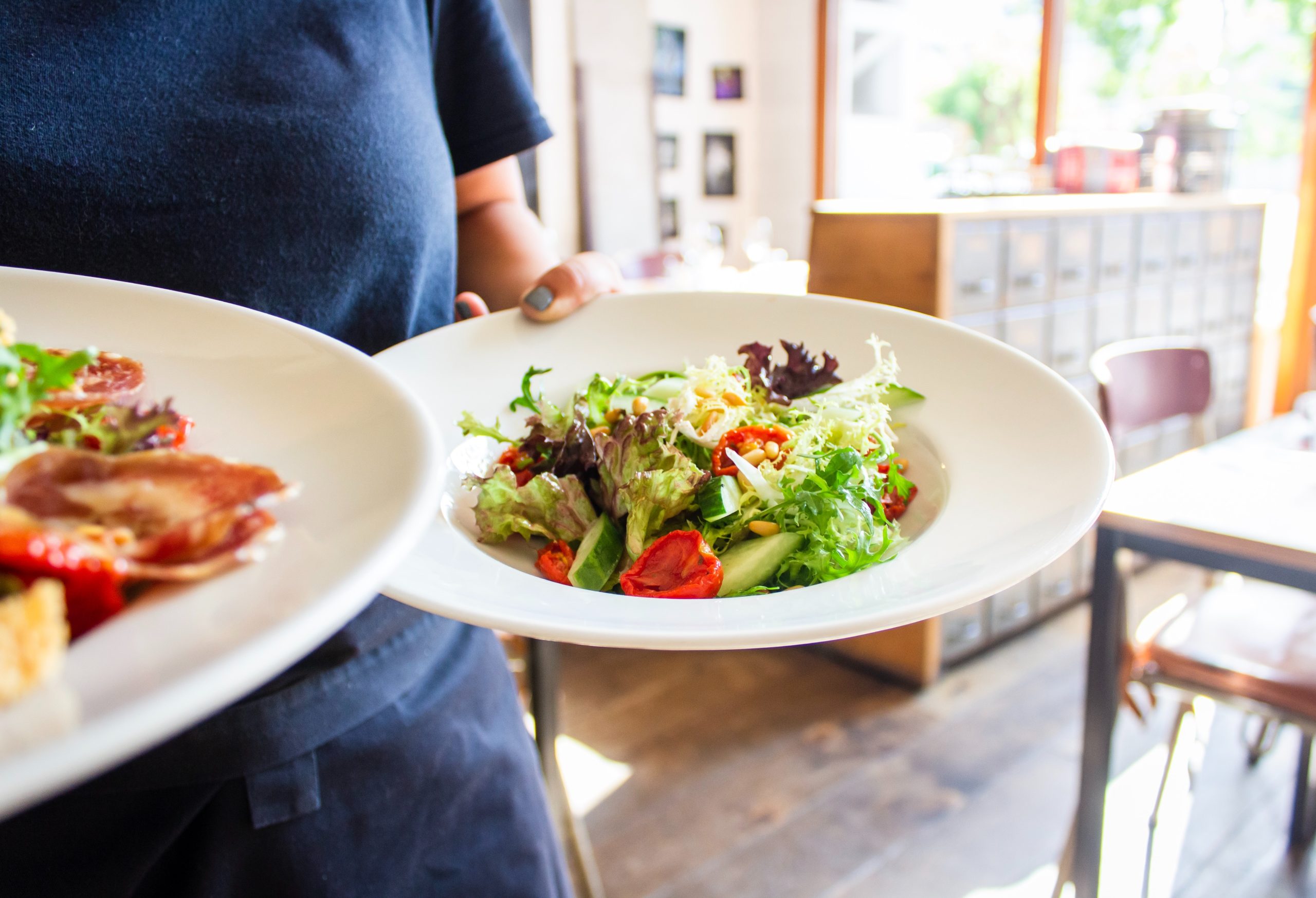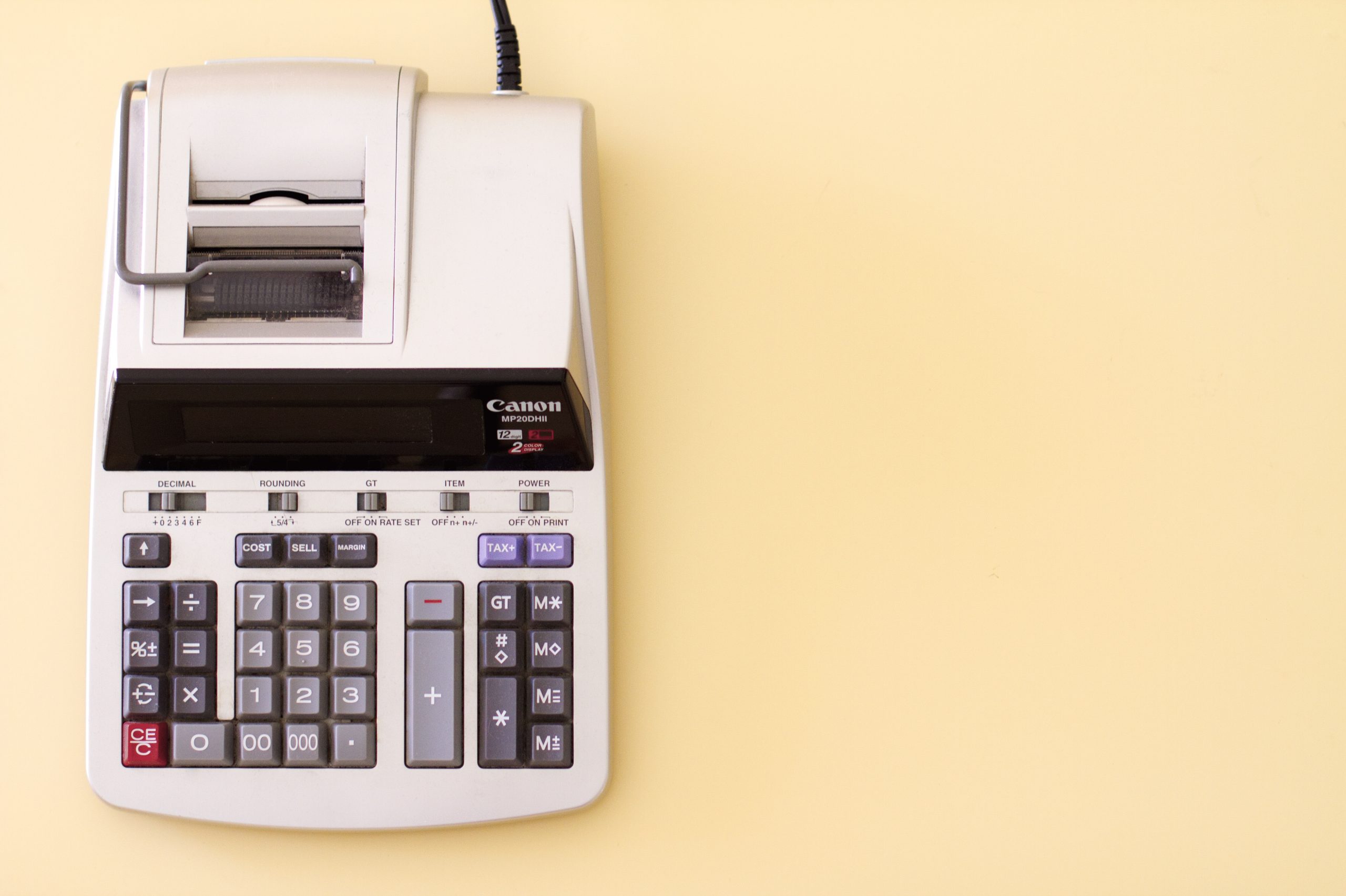In the article “Can You Lose Fat Without Losing Weight,” you will explore the fascinating concept of transforming your body composition while maintaining the same number on the scale. It delves into how you can lose fat and gain muscle simultaneously, helping you achieve a leaner, healthier physique without actually losing pounds. With insights into proper nutrition, strength training, and lifestyle adjustments, this guide provides practical steps to help you navigate this seemingly paradoxical journey. Have you ever wondered if you can lose fat without actually losing weight? It seems paradoxical at first, right? You’re probably thinking, “Wait, wouldn’t losing fat mean losing weight?” Well, buckle up because the truth is a bit more nuanced than that!
Understanding the Difference Between Fat Loss and Weight Loss
When most people talk about wanting to lose weight, what they often mean is they want to lose fat. But weight loss and fat loss aren’t always the same thing, and understanding the difference is key to setting realistic expectations and achieving your health goals.
Weight Loss: What Does It Mean?
Weight loss simply refers to a decrease in your overall body weight. This can come from reducing fat, losing muscle mass, depleting water stores, or a combination of these factors. You may notice fluctuations in your weight for a number of reasons, including:
- Dietary changes: Altering your intake of calories, carbohydrates or salt can affect your water retention and total weight.
- Exercise routines: Different types of physical activity can build or lose muscle mass.
- Hydration levels: Your body’s water content can vary, causing weight shifts.
Weight loss is easily measurable with a scale, but it doesn’t tell you the whole story about body composition.
Fat Loss: A More Specific Goal
Fat loss is more specific than weight loss. It refers to the reduction of body fat mass. Unlike weight loss, which can be due to a variety of factors, fat loss is typically focused on getting rid of excess fat tissue while preserving lean muscle mass. Fat loss is generally tackled through a mix of diet, exercise, and sometimes, specialized training and techniques.
Can You Really Lose Fat Without Losing Weight?
Believe it or not, you can lose fat without seeing a significant drop in the numbers on the scale. This phenomenon primarily happens when you gain muscle while losing fat. How? Glad you asked!
Muscle vs. Fat: The Balancing Act
Muscle is denser than fat, which means it takes up less space. This basically means that a pound of muscle will appear smaller than a pound of fat. Therefore, you might be losing fat and gaining muscle, resulting in a lower body fat percentage but relatively stable body weight.
| Aspect | Muscle | Fat |
|---|---|---|
| Density | More dense | Less dense |
| Space Taken | Less space per pound | More space per pound |
| Metabolism | Higher metabolic rate | Lower metabolic rate |
People often notice their clothes fitting better and their bodies looking more toned, even if their weight doesn’t change much. This is a great sign that you’re losing fat while gaining muscle.
Body Recomposition
The process described above is often referred to as “body recomposition.” Body recomposition is essentially the process of losing fat and gaining muscle at the same time. This can result in a more toned and sculpted appearance, even if the scale doesn’t show a drastic change.
How to Measure Your Progress Beyond the Scale
If you’re focusing on losing fat rather than weight, it’s crucial to have other ways to measure your progress. Here are some effective methods:
Body Measurements
Taking regular measurements of your body parts (like waist, hips, chest, arms, and thighs) can give you a clearer picture of fat loss. Often, you might see your waistline shrinking, even if the scale remains steady.
Body Fat Percentage
Various tools can measure body fat percentage, including calipers, body composition scales, and more advanced methods like DEXA scans. While not all of these are available for home use, they can give you a more accurate picture of your body’s fat content.
Photos
Taking progress photos can be very motivating. Sometimes, the visual difference is much more obvious than what the scale shows. Take photos from multiple angles and compare them over time.
Performance and Strength Gains
Noticing improvements in how you feel and perform during workouts can be a great indicator. Increased strength, endurance, and overall performance often accompany muscle gain and fat loss.
Nutrition: The Cornerstone of Fat Loss Without Weight Loss
You might be asking, “If I want to lose fat but not muscle, what should I eat?” Good question! Nutrition is crucial for achieving body recomposition.
Balanced Diet
Eating a balanced diet rich in whole foods can help you lose fat while gaining muscle. Aim for a mix of:
- Proteins: Crucial for muscle repair and growth. Opt for lean proteins like chicken, turkey, lean beef, and plant-based options like tofu and beans.
- Carbohydrates: Important for energy. Choose complex carbs like whole grains, fruits, and vegetables.
- Fats: Necessary for overall health. Include healthy fats from sources like avocados, nuts, and olive oil.
Caloric Intake
To lose fat without losing weight, your caloric intake should support fat loss while also giving your body enough fuel to build muscle. Generally:
- Slight Caloric Deficit: Aim to consume slightly fewer calories than your body needs to maintain its current weight.
- Protein-Rich Diet: Allocate a good portion of your calories to protein to aid muscle gain.
Meal Timing and Frequency
While the overall quality and quantity of food matter more, meal timing and frequency can also play a role. Eating smaller, frequent meals might help in managing hunger and keeping your metabolism active. Pre-and post-workout meals, rich in protein and carbs, can aid muscle recovery and growth.

Exercise Regimen for Fat Loss Without Losing Weight
Exercise is another crucial component in achieving fat loss without significant weight reduction. It helps in building muscle mass and improving overall fitness.
Strength Training
Strength training or resistance training is vital. It helps build muscle, which in turn can help you burn more calories even when you’re at rest.
| Exercise Type | Benefits |
|---|---|
| Weight lifting | Builds muscle, increases metabolism |
| Bodyweight exercises | Convenient, builds functional strength |
| Resistance bands | Portable, versatile, good for all levels |
Try to incorporate a mix of these into your weekly routine for balanced muscle development.
Cardio
While strength training is vital, don’t neglect cardiovascular exercises. Cardio helps improve your heart health and can aid in fat loss by burning calories. However, too much cardio can lead to muscle loss. Therefore, balance is key.
High-Intensity Interval Training (HIIT)
HIIT workouts are incredibly effective for burning fat while preserving muscle. They involve short bursts of intense activity followed by periods of rest or low activity.
Active Recovery
Don’t underestimate the importance of rest and recovery. Active recovery can include light activities like walking, stretching, or yoga. Ensuring proper recovery allows your muscles to repair and grow stronger.
Common Myths and Misconceptions
There are several myths about fat loss and weight loss that can lead to confusion. Let’s bust some of these myths!
Myth: You Can Target Fat Loss
Many people believe that exercising a specific part of the body can lead to fat loss in that area. Unfortunately, spot reduction is a myth. Fat loss tends to be more generalized and is influenced by genetics and hormonal factors.
Myth: If You’re Not Losing Weight, You’re Failing
As we’ve discussed, not seeing the numbers drop on the scale doesn’t mean you’re not making progress. Focus on other indicators of health and fitness.
Myth: All Calories Are Equal
While a calorie is a calorie in a strict mathematical sense, the source of those calories also matters. Nutrient-dense foods will provide you with vitamins, minerals, and other nutrients that help in muscle growth and overall health.
Myth: You Need to Cut Carbs to Lose Fat
Carbs are often demonized, but they are an important energy source, particularly if you are engaging in regular physical activity. The type of carbs you consume matters more than the quantity.
Sustainable Habits for Long-Term Success
To achieve long-term success in losing fat without losing weight, it’s essential to build sustainable habits. Here are some tips:
Consistency is Key
Rather than focusing on perfection, aim for consistency. Long-term changes are more sustainable when they are made gradually and consistently.
Listen to Your Body
Your body knows best. Pay attention to how you feel, how your clothes fit, and how your workouts are progressing. Adjust your diet and exercise plan as necessary.
Avoid Extreme Diets
Extreme diets can lead to muscle loss and may not be sustainable in the long run. Instead, focus on balanced, healthy eating habits that you can maintain.
Keep Learning and Adapting
Your body and life circumstances can change, so it’s important to keep learning and adapting your approach as needed.
Conclusion: Yes, You Can Lose Fat Without Losing Weight!
So, can you lose fat without losing weight? Absolutely! By gaining muscle while losing fat, you can achieve a more toned, healthier body without seeing a significant drop in your weight.
Focus on body composition rather than just the number on the scale. Use various methods to measure progress, including body measurements, body fat percentage, photos, and performance gains. Follow a balanced diet rich in whole foods, maintain a consistent exercise regimen, and build sustainable habits for long-term success.
Remember, the journey to a healthier you is a marathon, not a sprint. Be patient, stay consistent, and most importantly, enjoy the process!




